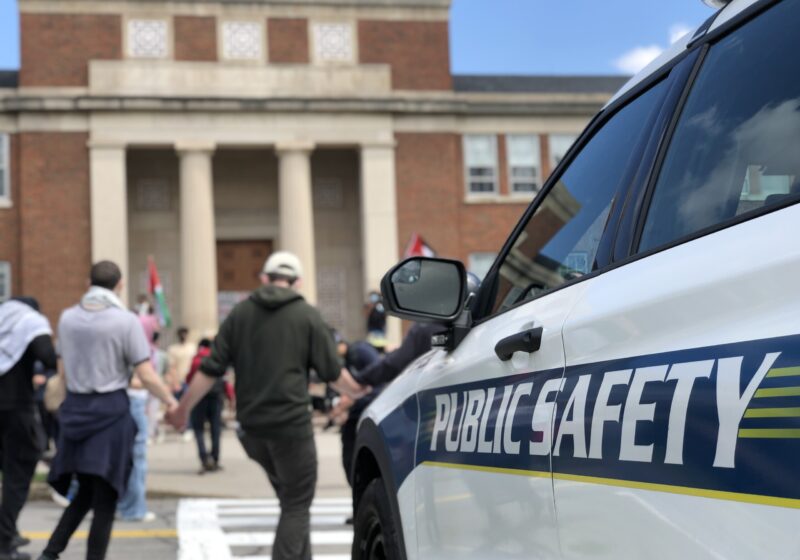After more than a decade, a cancer-preventing vaccine developed by three UR Medical Center doctors is ready for the final testing phase.
“The project, which has been in progress for over a decade, has been extremely rewarding and represents to me a very fruitful coming together of basic science and clinical research,” Associate Professor of Medicine and Infectious Disease Robert Rose said.
The vaccine will prevent cervical cancer, which kills over 250,000 women in the world each year.
In the United States, 13,000 women are diagnosed annually with cervical cancer, resulting in 4,500 annual deaths.
Cases and deaths are more prominent in Third World countries, where pap smears are not widely available and cervical cancer is the leading cause of cancer deaths in women.
“Widespread deployment of an effective vaccine could reduce the morbidity associated with persistent cervical human papillomavirus infection and might also eventually permit longer intervals between pap exams,” Rose said. “This could reduce the total number of exams needed to protect U.S. women, which might lower considerably the approximately $6 billion annual cost of providing the exam.”
Rose started working with Richard Reichman and William Bonnez in the mid to late 1980s. Reichman, Director of the Infectious Diseases Unit and Bonnez, a virologist, are both infectious disease specialists with a strong interest in viral diseases. Rose, however, is a scientist sharing similar interests.
“The Medical Center was able to bring together individuals from disparate backgrounds who have this common link, an interest in science as a vehicle to improve the health of population,” Dean of School of Medicine and Dentistry David Guzick said.
The three began trying to understand what type of immune response might be capable of preventing human papillomavirus (HPV) infection and how they might develop virus-like particles (VLPs).
VLPs can dependably mimic the three-dimensional structure of the real virus particle and can be easily produced in insect or yeast cells. VLPs contain no viral genes and therefore are non-infectious.
VLPs mimic the “face” of the virus that is seen by the immune system. This allows them to be used as a vaccine to induce a response that can prevent infection if the vaccinated individual ever comes into contact with the real virus.
Many who are infected by the virus are able to fight it off without showing symptoms.
Some may develop warts, and in about 1 percent of women with the virus, it may develop into cervical cancer.
The HPV vaccination will be the second type of vaccination that would protect against human cancers – hepatitis B being the first.
“Cervical cancer has become the most common female malignancy in low-resource settings,” Rose said. “Hopefully it will be possible to distribute the vaccine widely in such regions and thus lower the global morbidity and mortality rate.”
“If all goes well in the final phase of testing, we expect it will be large,” Rose said. “We are waiting for the results of clinical Phase III studies that are now being performed by both Merck and Co. and GlaxoSmithKline.”
It is expected that if Phase III testing goes well, use of the vaccine in the United States might occur within a year.
Sherman can be reached at nrsherman@campustimes.org.
